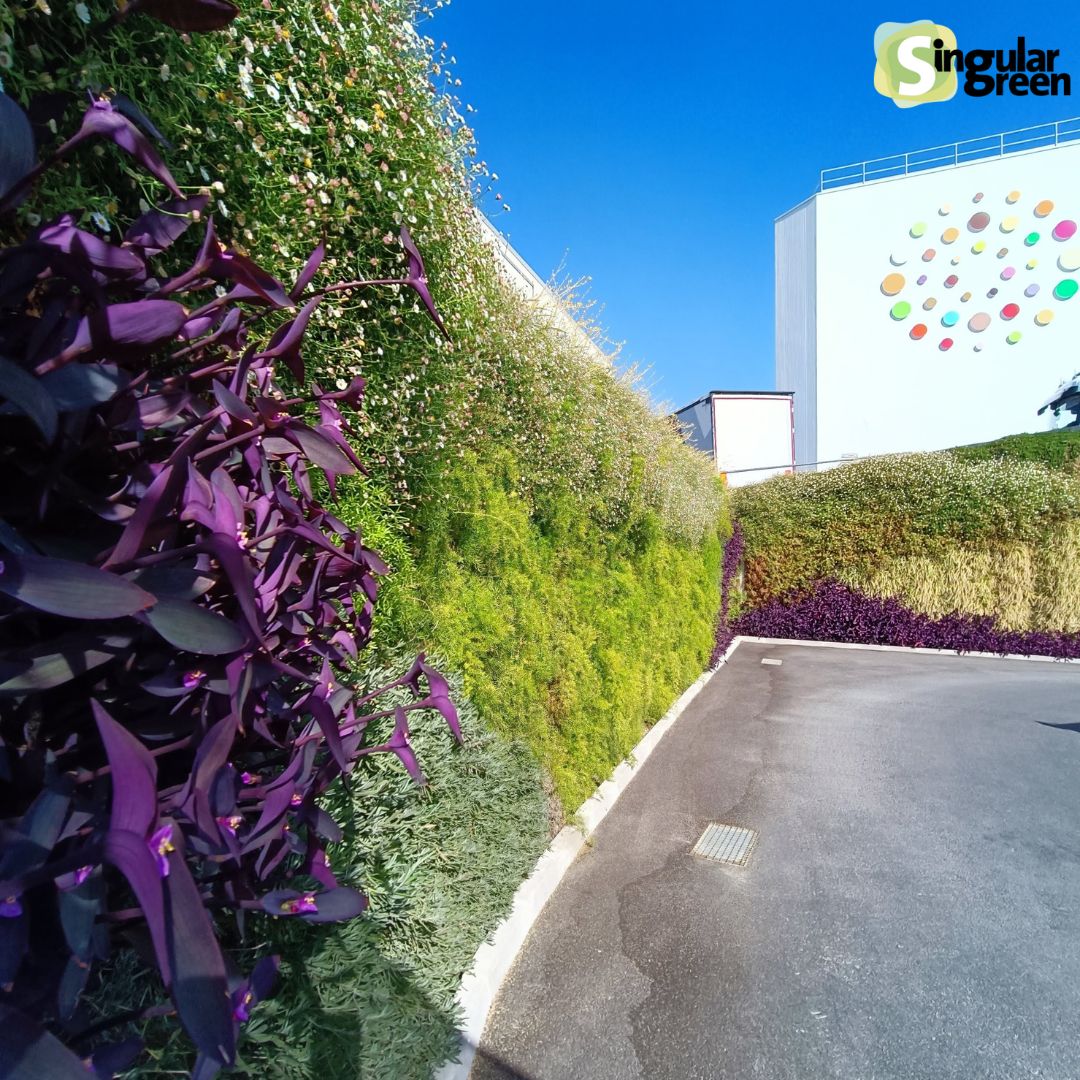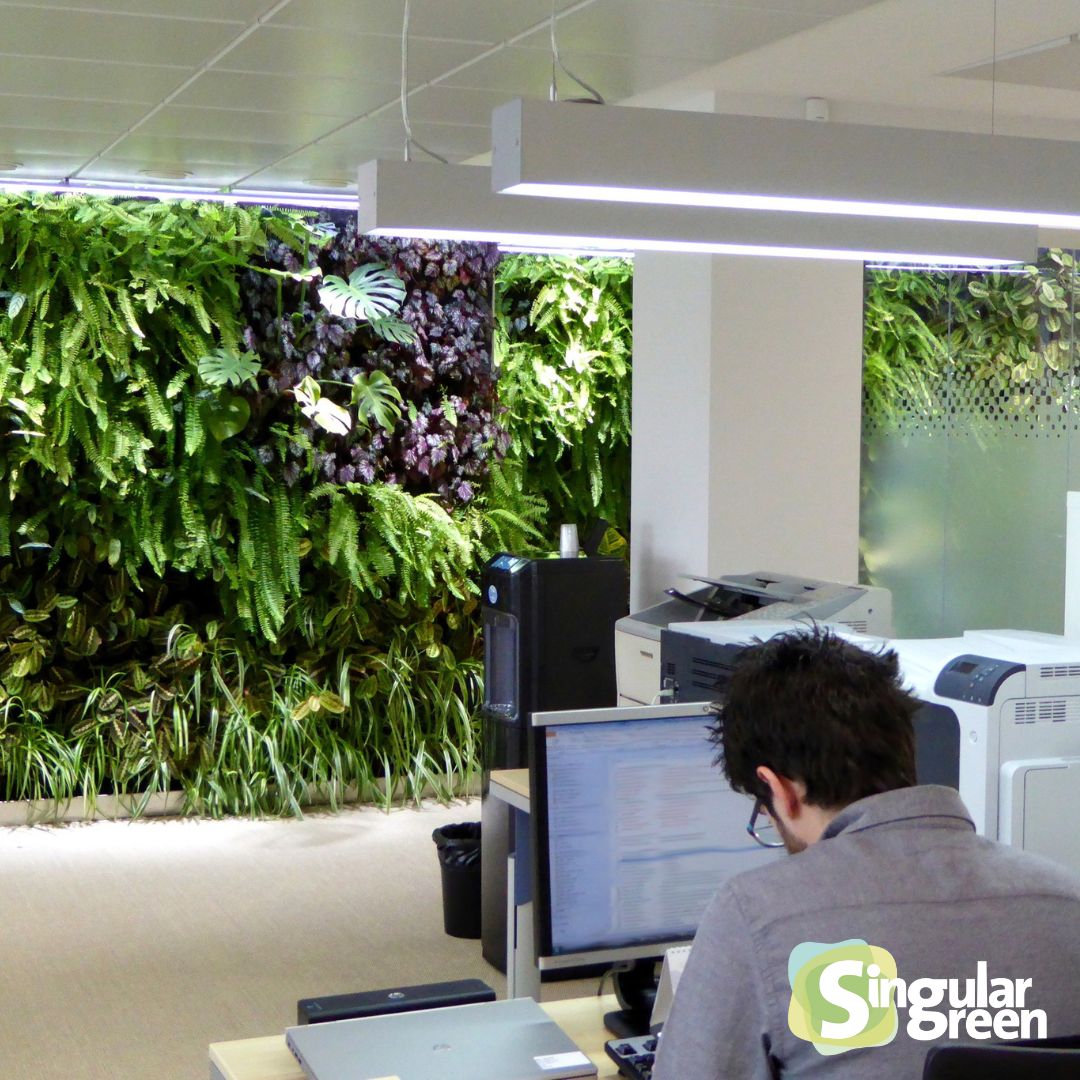If you have ever come across a plant while walking or at the nursery and did not know what species it was, you have probably wondered if there was an easy way to find out its name.
Nowadays, thanks to technology, there are several digital tools that we can carry on our mobile phones, with which we can recognise species without any problem.
By simply taking a photo, these apps help us find the scientific name of the plant in question.
The best apps for plant identification
There are several apps for plant identification, but four of them stand out for their effectiveness.
In fact, in our personal experience, we have used each of them in different contexts, whether in gardening work or on nature walks.
Here we tell you more about them.
Google Lens: Instant identification
Google Lens is undoubtedly the most versatile tool.
This app integrated into Android phones not only identifies plants, but any object captured by your camera.
It works incredibly quickly: you simply point your phone’s camera, take a picture, and Google Lens searches its extensive database for what it sees. From trainers to plants, it returns reliable results in a matter of seconds.
In my experience, Google Lens has been the app I use the most, as it comes pre-installed and its hit rate is quite high, especially when the plant has very distinct features such as variegated leaves or hairiness.
PlantNet: The collaborative option for the botanical community
PlantNet is a unique application for vegetation identification.
Unlike Google Lens, it is designed specifically for plants and allows the scientific community to collaborate by uploading images and helping to improve the catalogue. It is a very effective tool when it comes to recognising common species, and in many cases it also helps to identify lesser-known genera.
In my experience, I have been surprised how PlantNet detects the correct species even when I make a mistake in selecting the plant part to analyse, which shows its robustness.
PictureThis: Accuracy with subscription
PictureThis is one of the most accurate apps out there, although it requires a subscription. Its ability to recognise plants is impressive, and although it offers a free trial period, after that, you have to pay to continue using it.
In my experience, its accuracy has been remarkable on more complicated species.
In cases such as Plectranthus forsteri, it got it right without any problems, confirming the species perfectly.
Although there is a cost, the subscription may be worth it if you need to use it frequently and want more detailed results.
Blossom: Advanced identification by subscription
Blossom also requires a subscription after a trial period. The interesting thing about this app is that it allows you to take up to three photos of different parts of the plant, which improves the likelihood of getting a correct identification.
Although I don’t use it as much as the others, I find it useful when working with complex plants or plants with few visual references, as in the case of some Asparagus.
However, I have also encountered occasions when it was not as accurate, such as when I tried to identify an Asparagus densiflorus and it failed to get close to the correct species.
How plant species recognition apps work
These apps work by using artificial intelligence and photographic databases to identify a plant from visual patterns.
In simple terms, when you take a photo, the app compares the image with thousands of previous records, allowing it to determine the genus and species of the plant.
The use of artificial intelligence in plant identification
AI is at the heart of these applications.
It processes images in milliseconds and is able to recognise patterns in leaves, flowers and fruit that humans might miss.
Google Lens, for example, not only uses its gigantic database of images, but also takes into account the context of the image, which can help deliver more accurate results. However, as I told you before, this technology is not perfect.
How to use these tools correctly?
To get better results, it is important to take the picture in the right way. For example, when I use Google Lens or PlantNet, I make sure to capture the details of the plant well, such as the shape of the leaves or flowers, which makes it easier for the software to recognise the species.
For plants with less obvious characteristics, such as an Asparagus sprengeri, it is sometimes necessary to try different angles to get the correct identification.
Advantages of using plant identification apps
Plant identification apps are not only useful for hobbyists, but are also essential tools for gardeners, landscapers, and even botanists.
Useful tools for gardeners and landscapers
In my gardening work, these apps have been extremely useful in making sure that the plants used in my designs are the correct ones.
For example, when I do a vertical garden installation, I send all the species to be used to the operators, and they, not being experts on all the plants, can make sure they are working with the correct species simply by using their mobile phone.
This minimises errors and makes the job easier for them and for me.
Usefulness in the field and in everyday life
In addition to their use at work, these apps are incredibly practical in my everyday life. When I go for walks in the bush or visit new cities with different climates, if I see a plant I don’t recognise, I just take out my phone and take a picture.
From there, I usually get the genus and sometimes the species, which serves as a starting point for further research and, who knows, maybe use that plant in future projects.
Limitations and common mistakes in plant identification
Despite their usefulness, these apps are not infallible. There are several factors that can affect their accuracy.
What to do when the app is not accurate?
There are occasions when apps fail to correctly identify a plant, especially if the plant is at an immature stage of development or does not have a flower.
For example, in a recent project, I tried to identify a Carex pendula that had been clipped in a nursery.
Although Google Lens got the first option right, it also offered me unrelated alternatives, such as Agapanthus or Liriope.
So you can’t always rely 100% on the first result.
Non-flowering identification: A challenge
The lack of flowers on a plant can complicate identification.
For example, in species such as Erigeron karvinskianus, if you try to identify it outside its flowering season, the app is likely to have difficulties in providing an accurate result.
In these cases, the apps tend to show several alternatives, and further research is needed to confirm which is correct.
In conclusion, plant identification apps are powerful tools that have simplified the process of species recognition.
Although they are not always 100% accurate, they offer a quick and effective solution to learn more about the flora around us.
In my experience, using them has been key in my work, either to make error-free landscape designs or simply to learn more while exploring new environments.
And if you are ever in doubt, remember that you can do several tests or switch apps until you get the best result.







